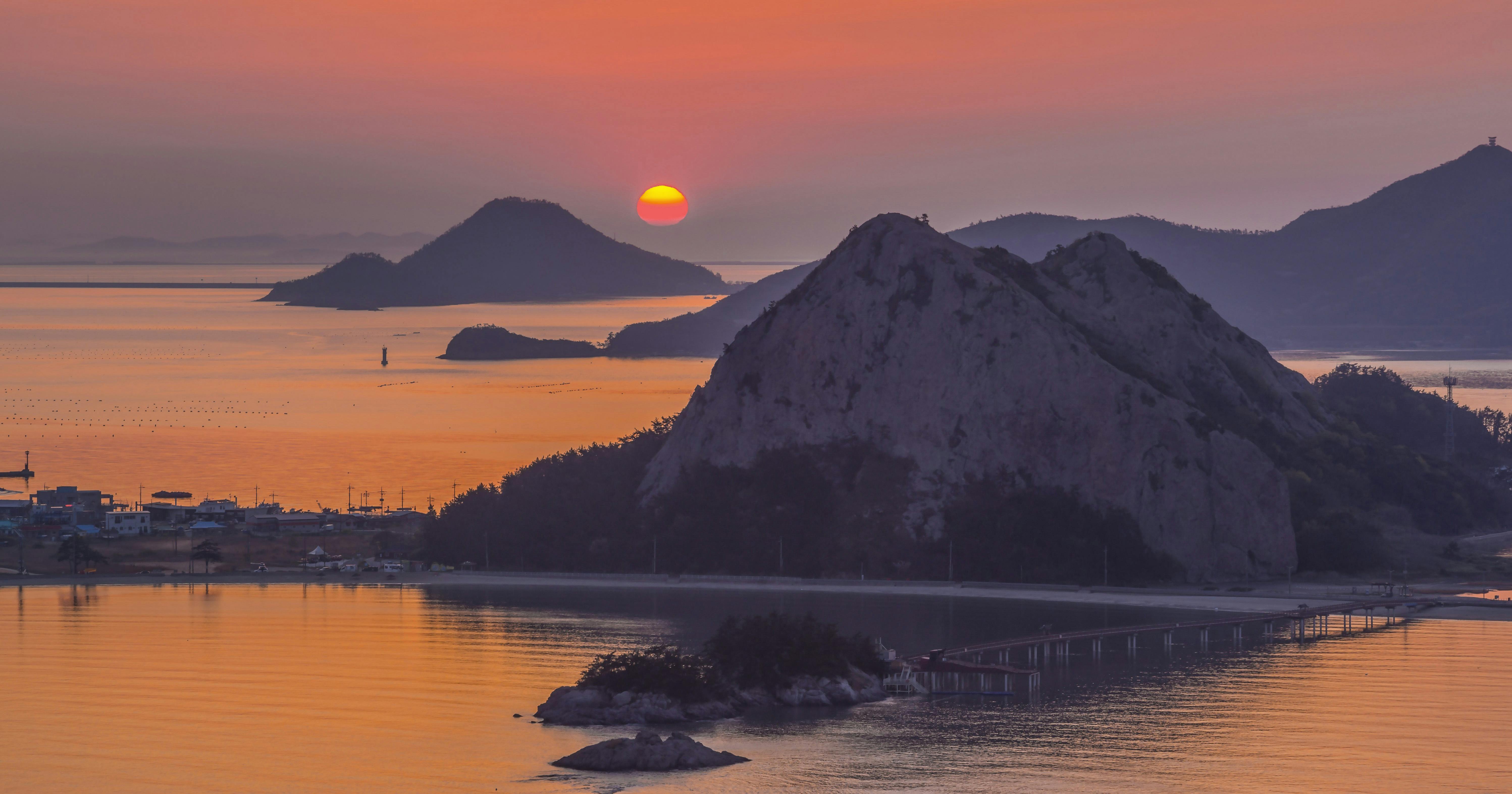In South Korea, Love and Loss Redefine the Meaning of Home
“You look like your father.”
The woman tending her garden looked at me, seeing past his generation to mine. I was returning from placing my mother’s ashes with my father’s at our family cemetery plot, known in Korean as a sanso, which translates to “mountain oxygen,” or a place in the mountains.
Our place in the mountains is in the outskirts of Gunsan, South Korea, whose Gogunsan Archipelago is pictured in the photo at the top. Why I was here involved familial duties of ceremony and sorrow at the end of life. But it also was about my parents’ big dreams and determination and how they left their roots to find new ones and ensure their children’s futures.
Forty years removed from my birthplace, I was the adult daughter who still spoke Korean with a country accent, who assimilated as much as possible into life in Oregon and whose honor it was to reunite my parents in their South Korean homeland.
In doing so, I began to understand more about my heritage, my birth country as well as the country where I grew up. Being Korean and American, I thought, were two halves of a whole that fit slightly imperfectly.
But travel, as it always does, will change what you think you know.
A dream driven by determination
My parents moved to the U.S. in the late ’70s with $4,000 in their pockets, a toddler, a newborn and a dream. Or maybe it wasn’t completely a dream as much as it also was need and desperation.
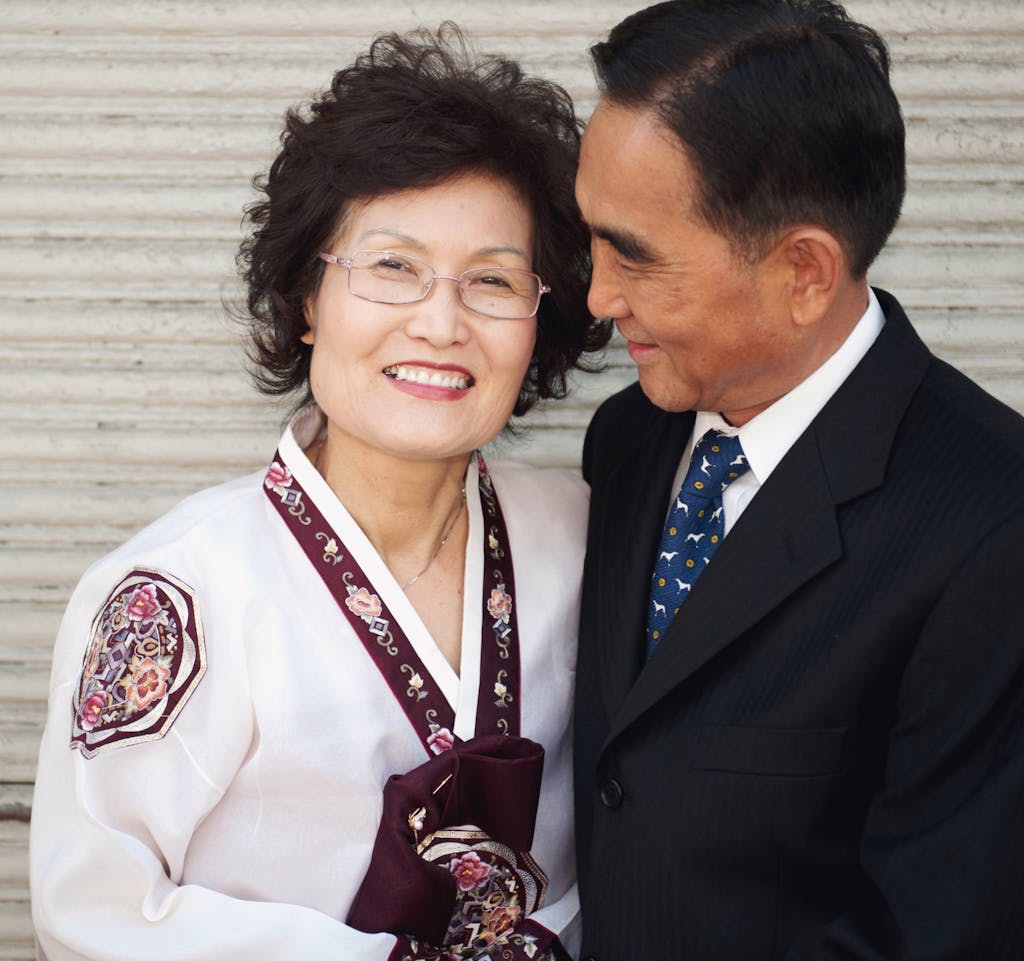
My mother had tuberculosis and believed the American medical system could cure her when post-war South Korea, then (though not now) still a third-world nation, could not. Her faith in American medicine was rewarded, and her improved health allowed my parents to begin planting their roots in Oregon. It was a land without immediate or extended family. Communication was a struggle, and every day they awakened with new challenges to navigate.
But they were young and determined, and they believed that hard work and sheer grit would help them overcome any obstacles. Like many immigrant families, they found their sense of worth and belonging in their work and the ethic that powered it. This, they hoped, would in turn would provide freedom and confidence for their children
As the older daughter, I embarked in April 2025 for the second time on a journey I never imagined or sought. Could I, as Ernest Hemingway wrote, remain strong in what I thought were the broken places?
A deep longing for country and loved ones
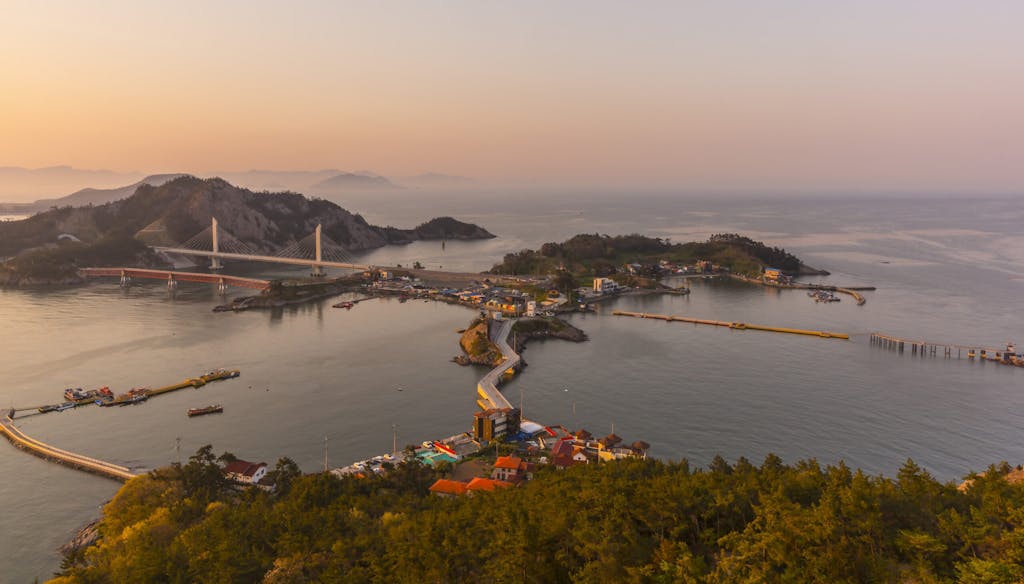
Despite their years in the U.S. and all their efforts, my parents still longed for home. That was South Korea, and it would be up to me to make that happen someday.
“Someday” took on urgency in 2015, when my relatively young, healthy father died unexpectedly. He was buried at a cemetery near my parents’ Oregon home. My mother visited his grave every day, sitting for hours at his headstone.
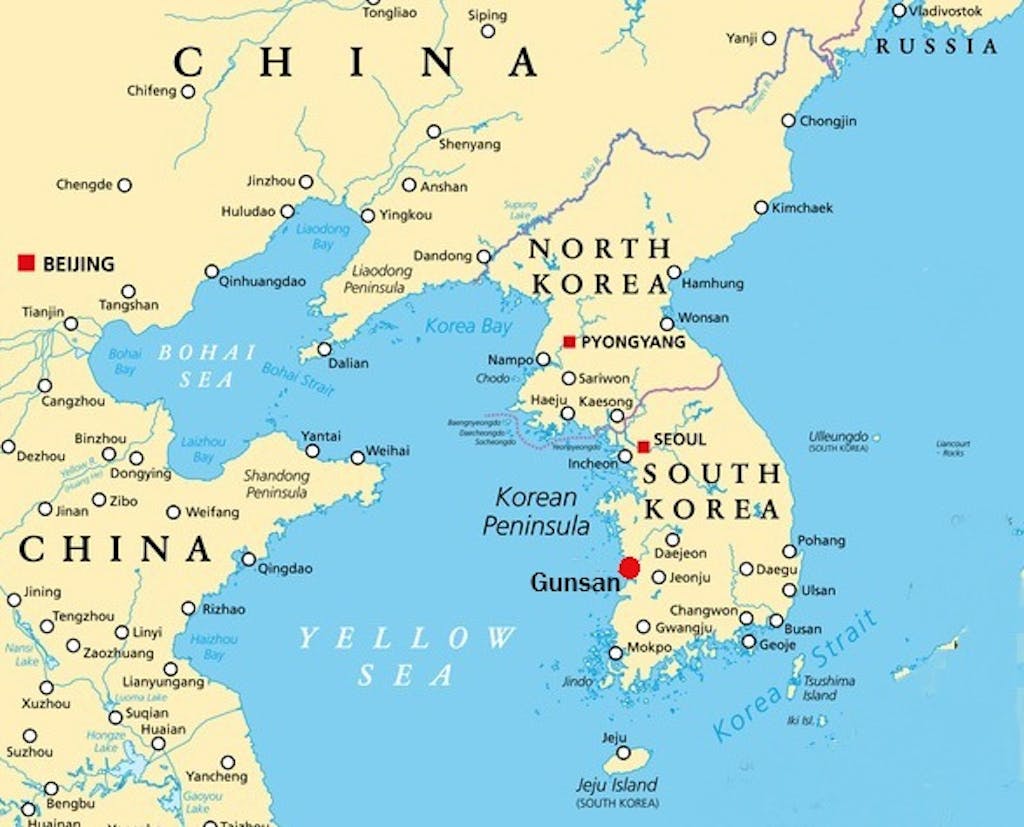
Three years later, she decided to disinter his remains and have him cremated so she could take his ashes to our family burial plot in Gunsan, South Korea.
We consulted my dad’s big, close-knit family. They found the idea comforting, and plans were made and remade throughout 2019. My mother made all the preparations – she called it her “final homework assignment” – and our target date was set for spring 2020 when the cherry blossoms would be in bloom as the Earth came back from post-winter life.
And then, COVID.
Everything stopped. Plans were made and unmade and remade; itineraries were reworked. Finally, our departure was set for April 2023, based on a Korean tradition of syncing the seasons of the lunar and solar calendars, called a yoondal (leap month), or rotten month. Spirits are thought to be inactive during rotten month, which made it the right time for certain activities, including moving a gravesite.
There was one final point we needed to reconcile: religion.
“We are Christians and believe in Jesus,” my mother said to me, “but this is cultural.” From that point forward, the funeral traditions would align with South Korean customs and traditions.
We boarded our flight for South Korea, my father’s ashes in tow.
The journey to Gunsan
We landed in Incheon, Seoul’s airport, and drove two hours to Gunsan, my father’s hometown. We sat mostly in silence and nervous anticipation and gazed out the window at the wavering landscape.
Along the way, we stopped at a couple of rest stops that were unlike anything in the U.S. The hyugesos feature food courts, offering such classics as ramen and bibimbap, a rice dish with mixed vegetables, meat and a fried egg. (You must have a fried egg for balanced mixing consistency as well as specialized items from the specific region of the hyugeso stop.)
Besides the meticulously clean restrooms, noteworthy by themselves, there were shopping opportunities, coffee and dessert shops, fully stocked convenience stores and, of course, a gas station.
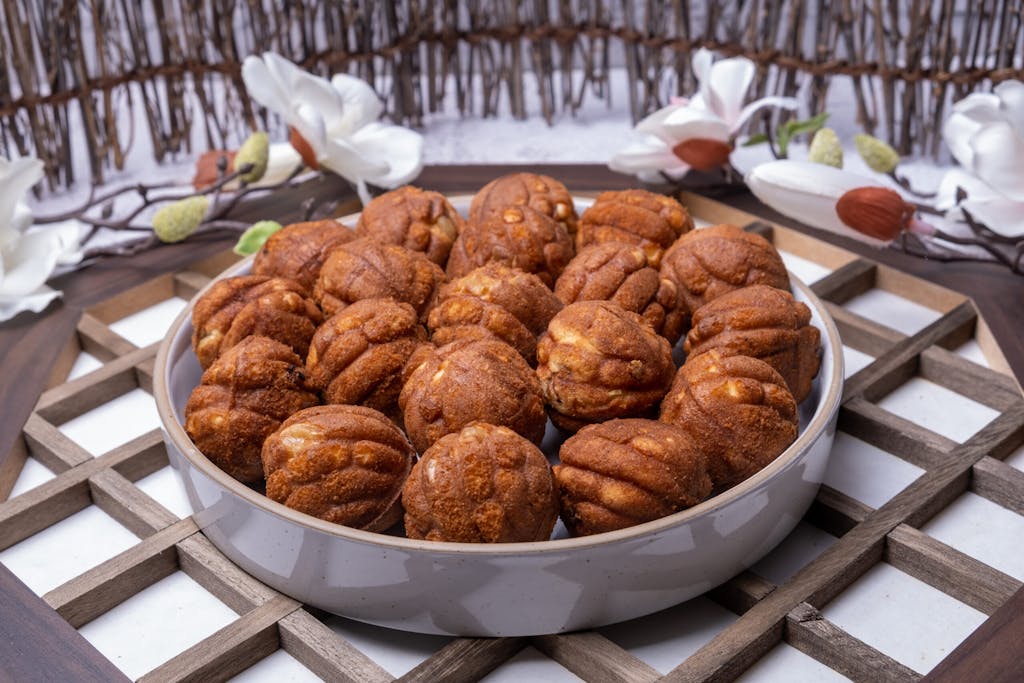
My mother was drawn to the hodu-gwaja stall that sold a sweet, walnut- (hodu) shaped snack with a thin breaded exterior and a red bean inside. When my mom, not a sweet eater, bought the large bag for my father, who loved such treats, she was duplicating her practice in Oregon of taking food to his grave site each day.
The confections, in South Korea as in Oregon, provided a taste of love and solace.
The next day, we made our way to the burial site, where the ancestral rituals known as a jesa ceremony would be performed. This ritual includes an elaborate preparation of food for the deceased that is carefully placed on a table and, as tradition dictates, in a particular order.
Family members bowed to express gratitude to and reverence for the ancestors. One bows deeply and humbly, knees, hands (in a triangle-like formation) and head down to the ground. Repeat. My uncles gently encouraged me to participate. Timidly, I bowed twice.
For practicality and convenience, we skipped several other steps of the ritual. That somehow seemed fitting because common sense and adaptability are major components of an immigrant’s survival kit. These attributes, I realized then, also are ingrained in South Korean culture. Maybe this partly explained the rapid improvement in South Korea’s economy from my parents’ time to my own.
Embracing a cross-cultural bridge
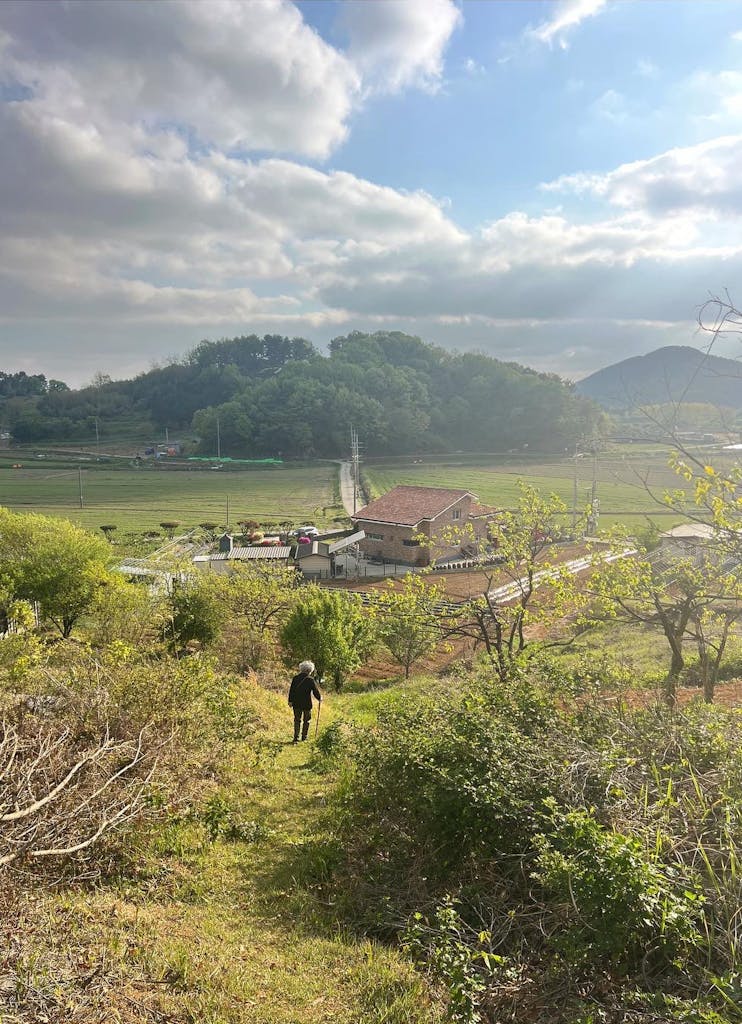
My family’s designated burial spot, purchased long ago, is walking distance from my father’s childhood home. It’s important that the spot have a good view, hills behind and to the right and left to serve as protection and a water element to the front so the spirits transition peacefully to the afterlife and bring abundance to the living. The site, upgraded in 2007, is a single mound that houses 14 urns of ancestors’ ashes along with a plaque engraved with our family tree.
An ocean and a culture had separated my father from his siblings, but they had an unspoken closeness, deeply ingrained, thanks to childhood memories, history and strong-as-steel familial bonds. My uncles and aunts cried as they welcomed him to the place he’d always hoped to return in life. This homecoming would have to suffice.
I saw my mom at her most vulnerable, the weight of her grief on her frail shoulders. Usually stoic, she could not hold back. Despite her grief, she completed her mission to bring the love of her life home.
It was prescient.
My mother died eight months after the trip that returned my father to South Korea.
This spring, I reunited them there.
A sense of familiarity and jeong, a bond with my South Korean family rooted in kindness, love, empathy and more, turned the experience into becoming a stronger part of my heritage and offering an understanding of what home really is: any place your loved ones are.
As I looked down into the valley for the second time, I was comforted and strengthened to know they were home.
So was I.

This story was created in partnership with Korea Tourism Organization
